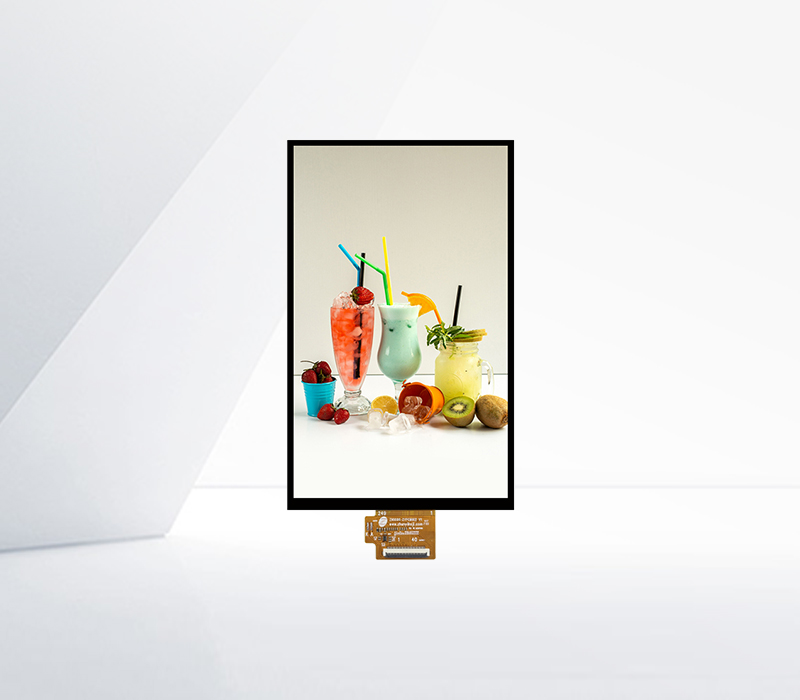




When comparing LCD (Liquid Crystal Display) and AMOLED (Active Matrix Organic Light Emitting Diode) screens, several factors come into play.
In terms of image quality, AMOLED screens have some distinct advantages. They are capable of producing deeper blacks because each pixel in an AMOLED display can be turned off completely. This results in a higher contrast ratio compared to LCDs. In an LCD, a backlight is always on, and even when the liquid crystals are blocking the light to display black, there is still some light leakage, making blacks appear grayer. AMOLED also offers better viewing angles. The colors and brightness remain more consistent when viewed from different directions, while LCDs may experience color shift and reduced brightness at oblique angles.
However, LCDs also have their own strengths. LCDs are generally more affordable than AMOLEDs. The manufacturing process of LCDs is more mature, which leads to lower production costs. This makes LCD based devices more budget friendly. In terms of brightness uniformity, LCDs can have an advantage in some cases. In certain low cost AMOLED panels, there may be issues with brightness uniformity across the screen, resulting in visible blotches or uneven lighting.
Power consumption is another differentiating factor. LCDs consume a relatively stable amount of power as the backlight is constantly on. In AMOLEDs, each pixel emits its own light, so when displaying black or dark images, pixels that are off do not consume power. This makes AMOLED more power efficient in scenarios with a lot of dark content. But when displaying bright and colorful images with many active pixels, AMOLEDs can consume more power than LCDs.
Response time is also a consideration. AMOLEDs have a faster response time, which means they can change the color and brightness of pixels more quickly. This results in less motion blur during fast moving images or when scrolling through content. LCDs may have a slower response time, which can cause some blurring in such situations. the choice between LCD and AMOLED depends on personal preferences, budget, and specific usage requirements.
